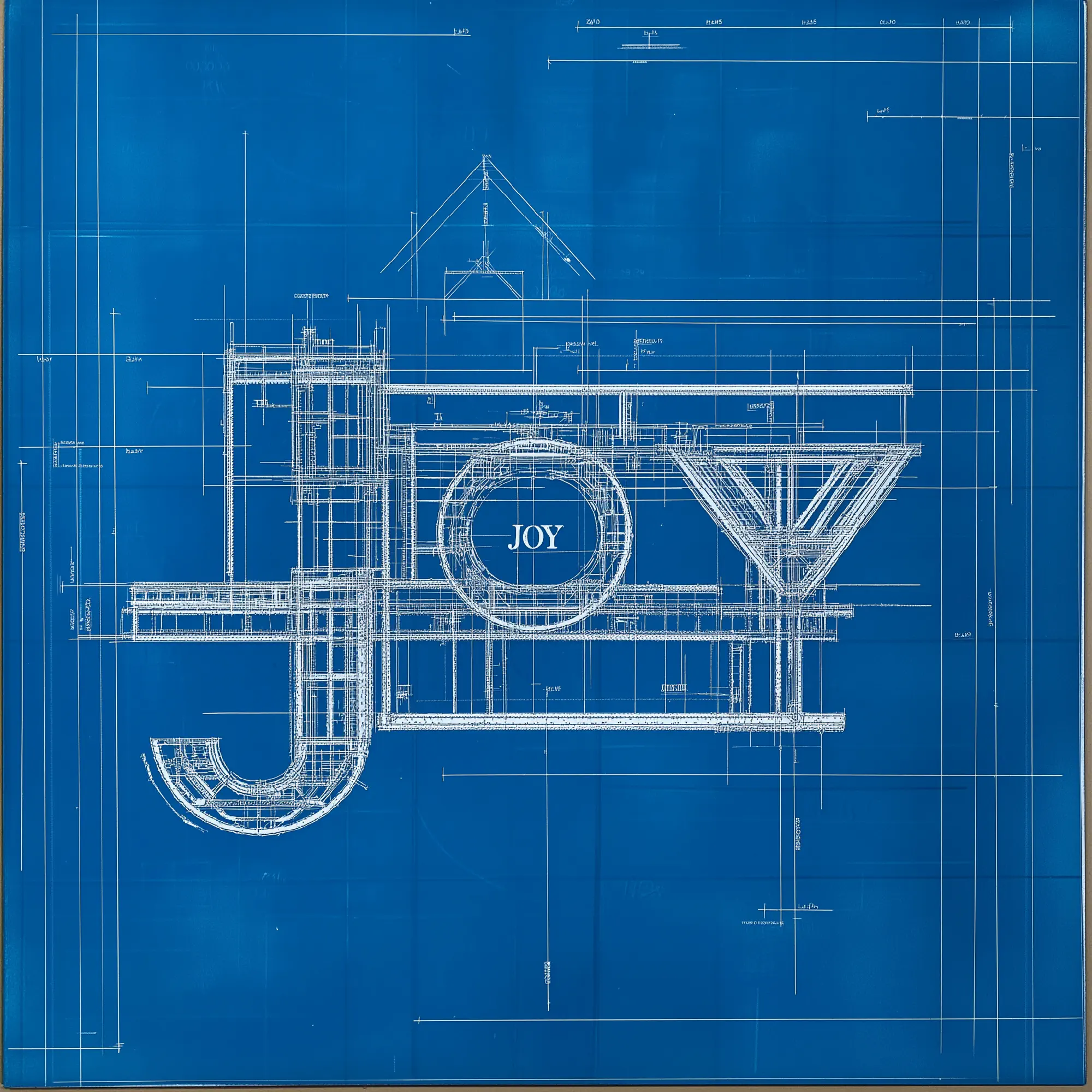The Art and Science of Font Design
A Deep Dive into Professional Typeface Creation
Typography sits at the intersection of art and communication. As a professional Font Designer, I’ve spent years perfecting the craft of creating typefaces that are both visually distinctive and functionally robust. This post explores the fascinating world of font design and what goes into creating memorable, effective typography.
What Makes a Great Typeface?
Great typography balances multiple factors:
- Character and voice: Conveying personality and tone
- Legibility and readability: Ensuring clarity at different sizes
- Cohesiveness: Working as a harmonious system
- Functionality: Performing well across various contexts
- Technical implementation: Translating smoothly to digital formats
A successful font embodies the brand’s personality while remaining highly functional and adaptable. It must work across multiple touchpoints and maintain its integrity in various environments.
The Font Design Process Revealed
1. Discovery and Research
Every great typeface begins with thorough research:
- Analyzing brand values and positioning
- Studying historical influences and contemporary context
- Identifying functional requirements and usage scenarios
- Understanding audience and cultural considerations
- Exploring competitive typography landscapes
This initial stage establishes the conceptual foundation for the design process.
2. Conceptual Development
With research complete, the creative process begins:
- Sketching initial character forms and exploring stylistic directions
- Establishing the core aesthetic principles
- Determining proportional relationships
- Identifying distinctive characteristics
- Creating mood boards and visual references
This exploratory phase helps define the typeface’s unique character before moving to digital development.
3. Core Character Development
The foundation of any typeface is its core character set:
- Establishing key letterforms that define the typeface’s DNA
- Developing control characters that set the tone (typically ’n’, ‘o’, ‘H’, ‘O’)
- Creating balanced relationships between straight, round, and diagonal forms
- Defining stroke characteristics, terminals, and junctions
- Establishing vertical metrics and proportional systems
These core characters set the parameters for the entire typeface system.
4. Complete Character Set Expansion
With core characters established, the design expands to include:
- Full alphabets (uppercase, lowercase)
- Numerals (tabular, proportional, oldstyle, lining)
- Punctuation and symbols
- Extended language support
- Special characters and alternates
Each character must maintain the design language while functioning independently and as part of the system.
5. Spacing and Kerning
Typography is as much about the space between letters as the letters themselves:
- Establishing consistent sidebearings for balanced spacing
- Creating kerning pairs for problematic combinations
- Testing in various word combinations and contexts
- Ensuring even text color and rhythm
- Optimizing for different reading environments
This critical stage determines how the typeface performs in real-world applications.
6. Family Development
Many projects require comprehensive type families:
- Creating multiple weights (light to bold)
- Developing italics and obliques
- Designing condensed or extended variants
- Creating display and text optimized versions
- Developing stylistic alternates and special features
A robust type family provides flexibility while maintaining design coherence.
Specialized Font Design Expertise
Multi-Script Type Design
Creating typefaces for global brands requires expertise in multiple writing systems:
- Understanding the cultural and structural characteristics of different scripts
- Maintaining design consistency across writing systems
- Respecting traditional forms while exploring contemporary expressions
- Balancing harmonization with authenticity
- Ensuring proper technical implementation for complex scripts
Multi-script design demands both cultural sensitivity and technical knowledge.
Display and Specialty Typefaces
Beyond text typefaces, specialty fonts serve unique purposes:
- Headline and display typography
- Logotype and brand typography
- Decorative and experimental designs
- Historical revivals and adaptations
- Variable fonts with customizable parameters
These specialty designs push creative boundaries while serving specific communication needs.
Font Design for Brand Identity
Typography is a powerful brand asset:
- Creating distinctive brand recognition through unique letterforms
- Expressing brand values and personality through visual form
- Ensuring consistent communication across all touchpoints
- Providing control over licensing and implementation
- Building ownable assets in a crowded visual landscape
A custom typeface becomes inseparable from a brand’s identity, creating recognition even before the logo is seen.
The Technical Side of Font Design
Modern font design requires technical understanding:
- Creating design masters for interpolation
- Preparing files for font engineering
- Understanding OpenType feature capabilities
- Considering variable font implementation
- Planning for cross-platform performance
Today’s font designers must balance creative vision with technical knowledge.
Collaborative Approaches to Typography
The best font design projects involve close collaboration:
- Working directly with brands to understand their needs
- Collaborating with marketing teams on implementation
- Partnering with developers on digital applications
- Consulting with print specialists for physical media
- Coordinating with font engineers on technical execution
This collaborative approach ensures typefaces that fulfill both creative and practical requirements.
Conclusion: The Enduring Value of Type Design
In our increasingly visual culture, typography continues to play a crucial role in communication. Professional font design creates lasting value through:
- Distinctive brand expression
- Improved communication clarity
- Enhanced user experiences
- Cultural preservation and evolution
- Technological advancement
As both traditional and digital media evolve, thoughtfully designed typography remains essential to effective communication.
Are you interested in learning more about professional font design or exploring custom typography for your brand? Feel free to contact me to discuss your typography needs.
